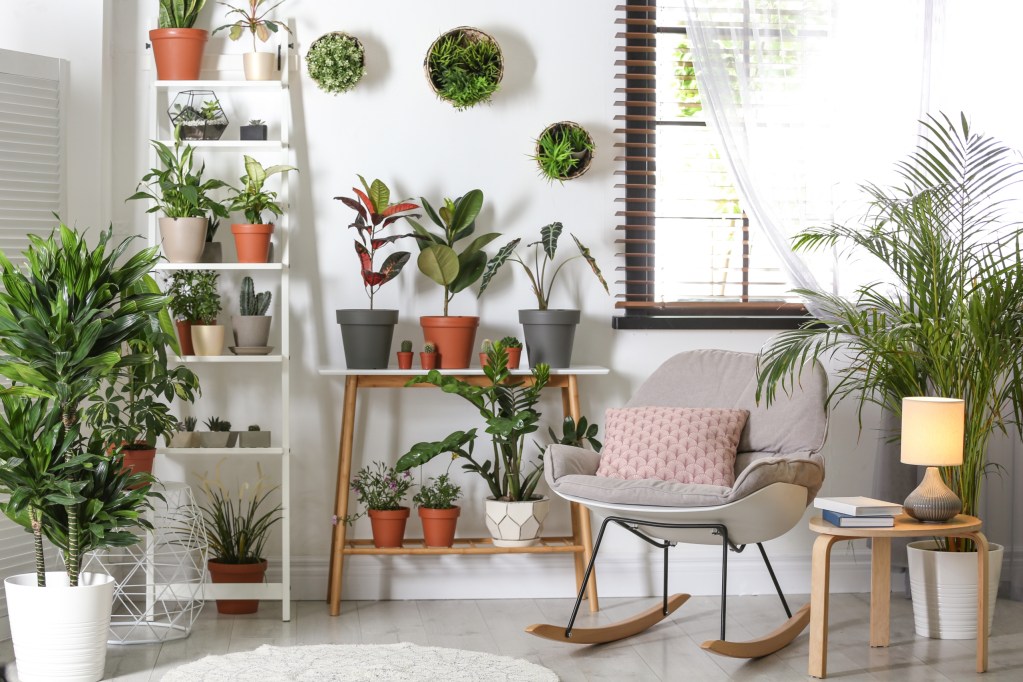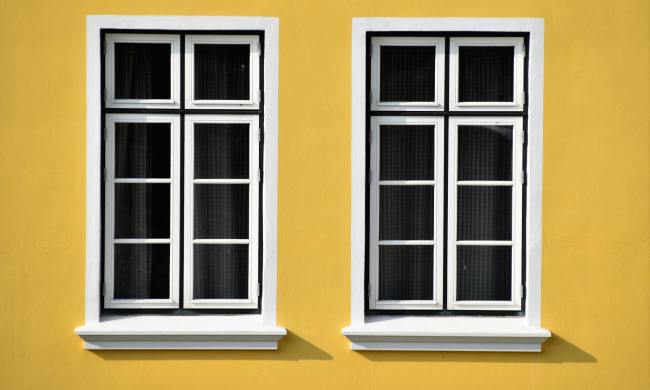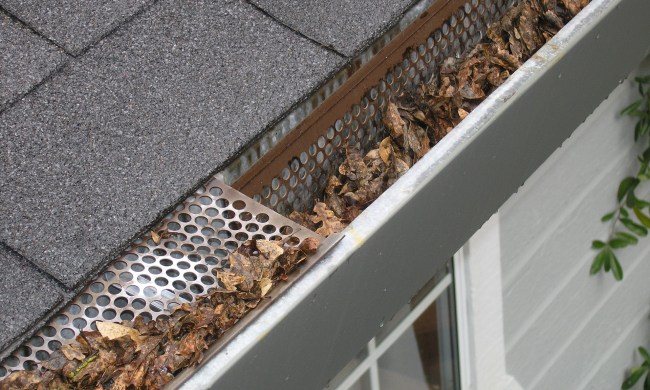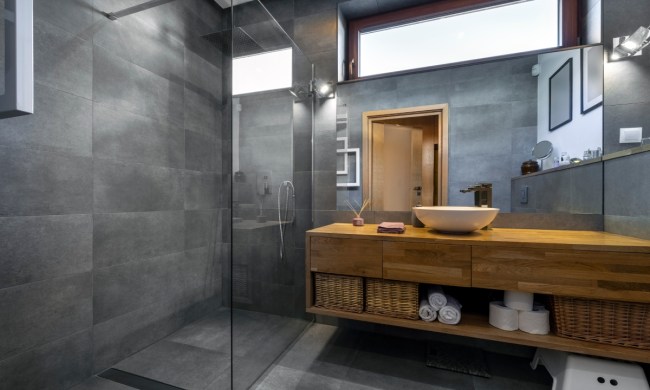Want some beautiful roses decorating your space? Or an herb garden to help spice up your recipes? Just because you live in an apartment doesn’t mean that you can’t enjoy developing your green thumb. Even a beginner can master a windowsill herb garden, fragrant flowering plants in a sunny living room, trailing greenery in your bathroom, or a more expansive potted vegetable garden on your apartment balcony. With the right tools, a dash of sunshine, and a little TLC, growing plants in an apartment is easier than you think.
Apartment gardening 101
Every plant has unique needs, from light needs to soil and leaf care, watering schedules to potting sizes, but before you attempt to grow any plant inside your apartment, be sure that your apartment is properly equipped. Most plants’ needs can be accommodated, provided you supply these six planting basics.
- Space: If your apartment has a terrace, balcony, or even a fire escape, most plants usually thrive best outdoors. Of course, not every apartment dweller has access to outside space and some plants you’ll want to maintain all year long, so any sunny location in your apartment will typically do.
- Sunlight: Find a spot with at least five hours of sunlight per day – so even plants that require full sun will have enough sunlight to thrive – and make that your new garden’s home.
- Containers & tools: Be sure that your containers not only fit comfortably within the space you’ve allotted, but also have sufficient drainage holes to prevent overwatering and root rot. In addition to containers, you’ll also need a basic garden spade, a watering can, and small pruning shears.
- Soil: The soil needs may differ from plant to plant, but no matter what, always start with a good-quality potting soil as your baseline. You can always adjust the soil components with fertilizers or gravel as needed.
- Water: Each plant will likely have different watering needs, so always check the plant label. If you have several different plants, it may be beneficial to add plant markers to include specific care notes and instructions for each. Or you can go digital and set up regular watering reminders on your phone’s calendar app to make sure you never miss a day of plant care.
- Maintenance: In addition to watering, many plants require occasional pruning to ensure they don’t get overcrowded in their containers.
 Growing plants in an apartment: A step-by-step guide
Growing plants in an apartment: A step-by-step guide
Whether you’re a fan of the leafy pothos or more minimal succulents, it’s important to set yourself up for success when growing your new plants.
Plan and research
Herbs, succulents, greenery, vegetables, flowers, or a mixture of a few; once you’ve decided on the type of plantings you want, do your research. Choose your plants wisely, maximizing space by pairing plants with similar soil and water preferences in the same containers. Seeds take more time to sprout and grow, so many beginners opt to start with young plants, known as seedlings. You can also buy full-grown plants at your local nursery, which will give your space an instant burst of green, but may come with their own health challenges due to under-watering or too much sun exposure.
An area with a south-facing window is ideal for most plants, but any spot that gets at least five hours of regular sunlight per day will work perfectly. As always, be sure to check your new plants’ specific growing guidelines — which can usually be found on the tag or the pot it comes in at the store — to make sure you’re planting it in the ideal environment.
Plant
Choose containers with good drainage, as consistently-soaked roots will cause many plants to die. If containers have drainage holes, always place a tray beneath to catch excess water and protect your windowsills, furniture, or floors from moisture damage. Some plants benefit from a layer of drainage rocks or pumice beneath the potting soil rather than drainage holes in the container, so check your plant’s care instructions.
Potting soil is considered best for your apartment plants — it’s lighter, with more drainage capabilities than standard garden soil. Adding organic fertilizers or homemade compost to the soil will give plants the extra nutrients they’ll need to grow strong and healthy.
Using your gardening spade, dig a hole deep enough to accommodate your plant. Take the plant out of the nursery pot and place it inside the hole. Add more potting soil and pat the dirt down to ensure the plant is secure. Water the plant so the soil is moist but never soaked.
Ongoing care
Always follow the light, watering, and pruning instructions provided with your plants to get the best results. If you tend to be a bit forgetful, drawing up a watering plan and taping it to your fridge, or setting regular calendar reminders on your calendar, is a great idea to ensure you never forget. Additionally, don’t forget to set an alert for a year from the date you bring your plant home — at that time, you’ll need to switch out the soil in your plant’s pot so it’s never without the nutrients it needs to thrive.
Regardless of your gardening experience, it’s easy to brighten up your apartment with live plants you’ve grown yourself. Pick the perfect spot, decide on the type of plants you want to grow, and get ready to put your green thumb on full display!

 Growing plants in an apartment: A step-by-step guide
Growing plants in an apartment: A step-by-step guide


